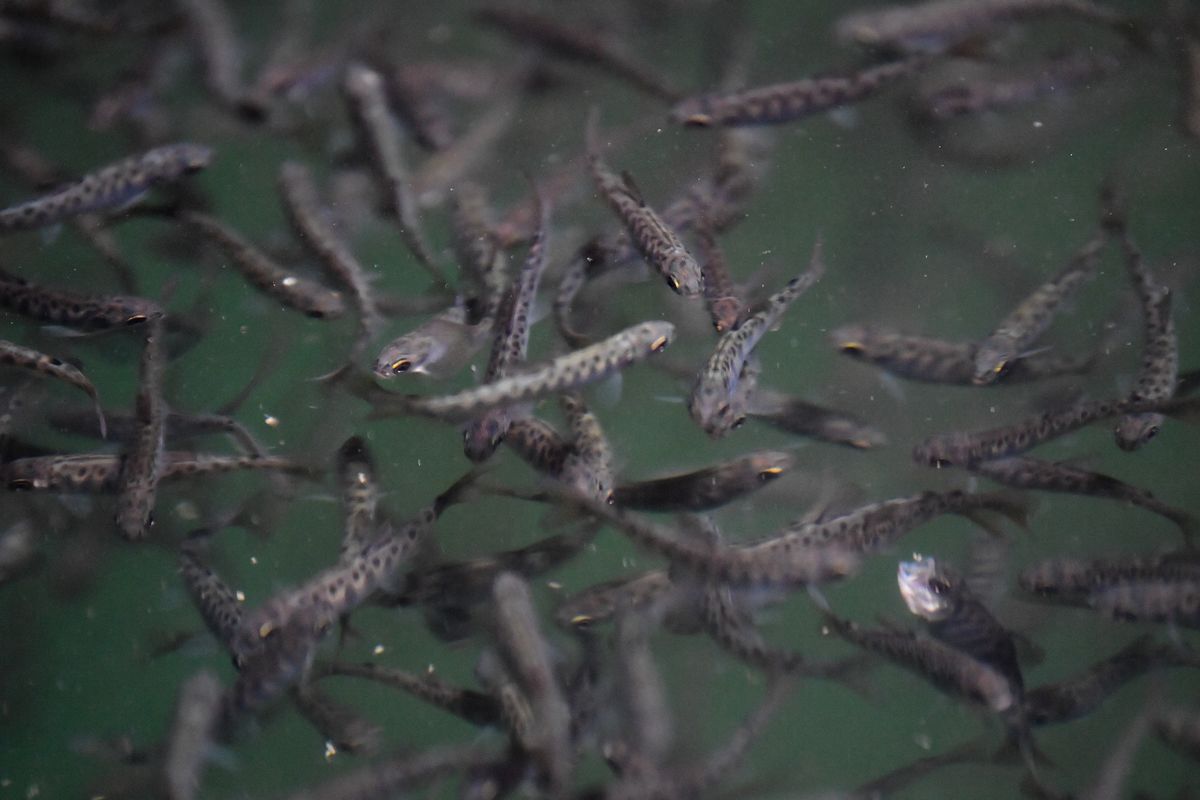Inland Northwest tribes getting EPA money for water quality projects

Eastern Washington and North Idaho tribes are getting a combined $200,000 in Environmental Protection Agency grants to improve water quality .
The EPA is sending nearly $2 million to 15 tribes in Washington, Idaho, Oregon and Alaska. The money will be used for projects that restore habitat, improve or protect water quality and benefit wetlands.
The Confederated Tribes of the Colville Reservation and the Nez Perce Tribe will each get $100,000 from the EPA’s Tribal Clean Water Act Nonpoint Source and Wetland Program Development Grants program.
The Confederated Tribes of the Colville Reservation will use their grant for water pollution control and water quality work in the Armstrong Creek, Smith Creek and Pe’el Creek watersheds. Parts of those creeks cut through land 10 or so miles north of Nespelem.
The project itself will entail decommissioning roughly 4 miles of road and removing an unnecessary culvert.
It might not be intuitive, but roads can have adverse impacts on water quality. Dirt and sediment can run off roads, contaminating rivers and streams.
Roads can also impede natural water flow. Removing them can restore “natural hillslope hydrology and watershed hydrology,” according to the EPA’s press release.
The $100,000 grant will also help pay for the tribes’ coordinator of management for nonpoint source pollution, the kind that stems from rainfall and snowmelt carrying contaminants.
The Nez Perce tribe will use its $100,000 grant to remove 40 acres of livestock access to Jim Brown Creek near Pierce, Idaho. Removing livestock access will reduce nonpoint source pollution at the headwaters of Lolo Creek, which originates in the Bitterroot Range.
Livestock can affect water quality in a host of ways. Cattle and horses tend to gather around wet areas, including creeks and streams. Heavy traffic and grazing in those areas can cause erosion issues and degrade riparian habitat.
In addition to removing livestock, the Nez Perce Tribe will plant native vegetation in degraded riparian habitat. The EPA money will also pay for site monitoring to better gauge the effectiveness of various water quality improvement practices.